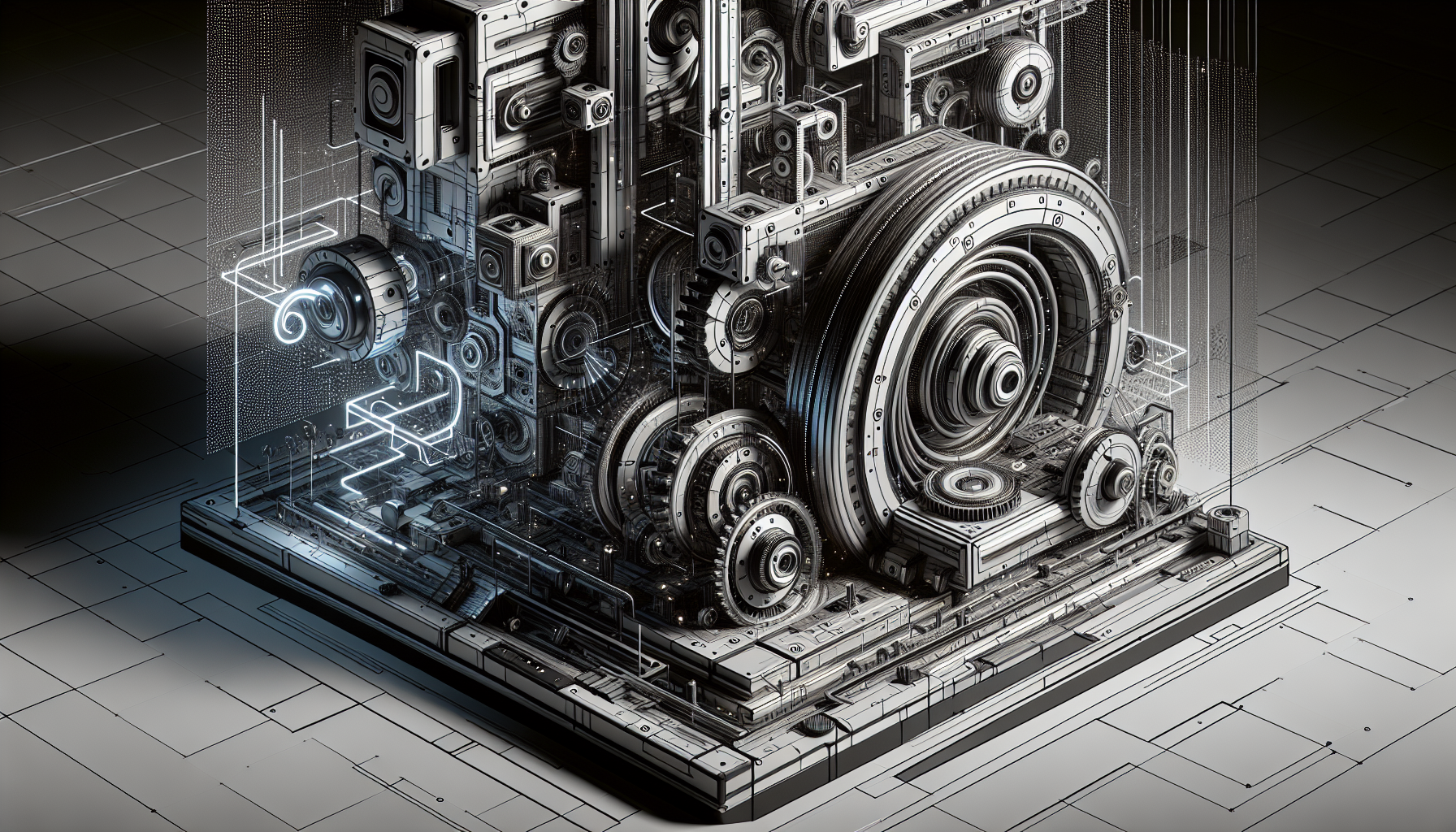The Future of Robotics Just Got Softer-and Smarter
Imagine a robot that can flatten itself to slide under a door, then instantly spring into a 3D claw to pick up a fragile object. That's not science fiction anymore. It's the latest breakthrough from MIT, and it could change how we think about machines forever.
On June 2, 2025, researchers at MIT revealed a new material that allows soft robots to morph their shape in real time. The material, a composite of liquid crystal elastomers and magnetic particles, responds to magnetic fields with speed and precision. In under a second, it can transform from a flat sheet into complex 3D structures like grippers, crawlers, or even tentacle-like appendages.
What Makes This Material So Special?
Soft robotics has long promised flexibility and adaptability, but until now, the materials used were either too slow, too fragile, or too hard to control. This new composite changes the game. By embedding magnetic particles into a flexible elastomer, the MIT team created a material that can be remotely controlled with magnetic fields-no wires, no motors, no bulky hardware.
It's not just fast. It's durable. The material has been tested through over 1,000 shape-shifting cycles without any noticeable wear or loss of performance. That's a major leap from previous soft robotic systems, which often degraded quickly under repeated use.
From Lab to Life: Real-World Applications
Dr. Elena Martinez, the lead researcher on the project, sees enormous potential in healthcare. "These robots could deliver drugs inside the body or assist in minimally invasive surgeries with greater flexibility than rigid robots," she explained. Their ability to conform to irregular surfaces makes them ideal for navigating the human body or handling delicate tissues.
But the possibilities don't stop there. In manufacturing, these robots could inspect or repair machinery in tight, dangerous spaces. In disaster zones, they could slither through rubble to locate survivors or assess structural damage. Their shape-shifting ability means they can adapt to whatever the environment demands-no redesign required.
Challenges Ahead
As with any emerging technology, there are hurdles. Dr. Samuel Chen, a robotics engineer at Stanford, points out that while the material is impressive, integrating it into full robotic systems is another story. "You need reliable control mechanisms, scalable production, and cost-effective deployment," he said. "That's not trivial."
Still, there's optimism. Magnetic actuation is more energy-efficient than traditional pneumatic or hydraulic systems, which could make these robots cheaper to operate in the long run. And as the material continues to evolve, so will its potential uses.
Why This Matters Now
The timing couldn't be better. The soft robotics market is projected to reach $6.2 billion by 2030, driven by demand in healthcare, logistics, and exploration. This breakthrough could accelerate that growth by offering a material that's not only functional but also practical for real-world use.
MIT's team is already working on refining the material's strength and responsiveness. They're also exploring partnerships with industry leaders to test the technology in real-world settings. If successful, we could soon see robots that don't just move-they adapt, evolve, and respond like living organisms.
In a world where machines are becoming more human in their capabilities, this shape-shifting material might be the closest we've come to giving robots a kind of physical intuition. And that changes everything.
